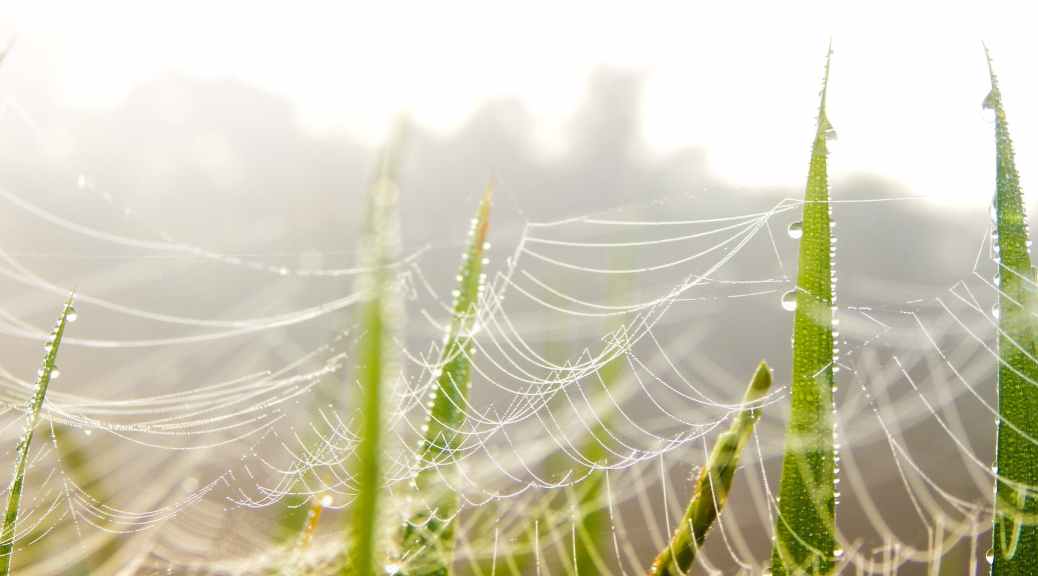When venturing into the wilderness, having the knowledge and skills to hunt and trap for food can mean the difference between surviving and struggling. Learning how to trap and hunt for food in the wilderness is an essential skill for any prepper, survivalist, or outdoor enthusiast. In this article, we will explore different types of traps and hunting methods that can be used in the wilderness to acquire food.
Trapping
Trapping is a common and effective method of acquiring food in the wilderness. There are many different types of traps, but they all work on the same principle: to catch animals by luring them into a trap where they become stuck or caught. Here are some common types of traps:
- Deadfall trap: This is a simple trap that uses a heavy rock or log to kill the animal. A trigger stick is placed under the rock or log, which is held up by a prop stick. When the animal disturbs the trigger stick, the prop stick is dislodged, causing the rock or log to fall on the animal.
- Snare trap: This is a trap that uses a wire or cord to catch an animal. The snare is set up in a location where the animal is likely to pass by, such as a game trail. The wire or cord is looped around the animal’s neck or leg, and as the animal moves, the snare tightens, holding the animal in place.
- Conibear trap: This trap is a type of body-gripping trap that uses a powerful spring to kill the animal quickly. The animal is lured into the trap by bait, and when it touches the trigger, the trap springs shut, killing the animal instantly.
- Box trap: This is a humane trap that uses a box or cage to capture the animal alive. The animal is lured into the trap by bait, and once inside, the door is triggered shut, trapping the animal inside.
Hunting
Hunting is another effective way to acquire food in the wilderness. However, hunting requires more skill and experience than trapping. Here are some common hunting methods:
- Bow hunting: This is a traditional hunting method that uses a bow and arrow to kill the animal. Bow hunting requires a lot of practice and skill to master, as the hunter needs to be able to accurately shoot the arrow at the animal.
- Rifle hunting: This is a more modern hunting method that uses a rifle to kill the animal. Rifle hunting requires less skill than bow hunting, but it still requires practice and knowledge of the animal’s behavior.
- Spear hunting: This is a primitive hunting method that uses a spear to kill the animal. Spear hunting requires a lot of skill and experience, as the hunter needs to be able to get close enough to the animal to make a successful kill.
- Trapping and snaring: As mentioned earlier, trapping and snaring can also be considered a type of hunting, as the hunter is still actively pursuing the animal. Trapping and snaring can be a more passive hunting method, as the traps are set up and the hunter waits for the animal to become caught.
Safety Considerations
When hunting and trapping for food in the wilderness, safety should always be a top priority. Here are some safety considerations to keep in mind:
- Always follow local hunting and trapping regulations and laws.
- Be sure to properly identify the animal before shooting or trapping it. Mistakenly killing or trapping the wrong animal can have serious consequences.
- Wear appropriate safety gear, such as a hunting vest, gloves, and eye and ear protection.
- Know your limits and don’t take risks. Hunting and trapping in the wilderness can be dangerous, so it’s important to know your limitations and not take unnecessary risks.
Conclusion
In conclusion, knowing how to trap and hunt for food in the wilderness is an essential skill for anyone who spends time in the great outdoors. Trapping and hunting provide a reliable source of food in emergency situations, but it requires knowledge, experience, and skill. It’s important to remember that safety should always be a top priority when hunting and trapping, so make sure to follow local regulations and laws, properly identify the animals, and wear appropriate safety gear. With practice and patience, anyone can learn how to successfully trap and hunt for food in the wilderness.

